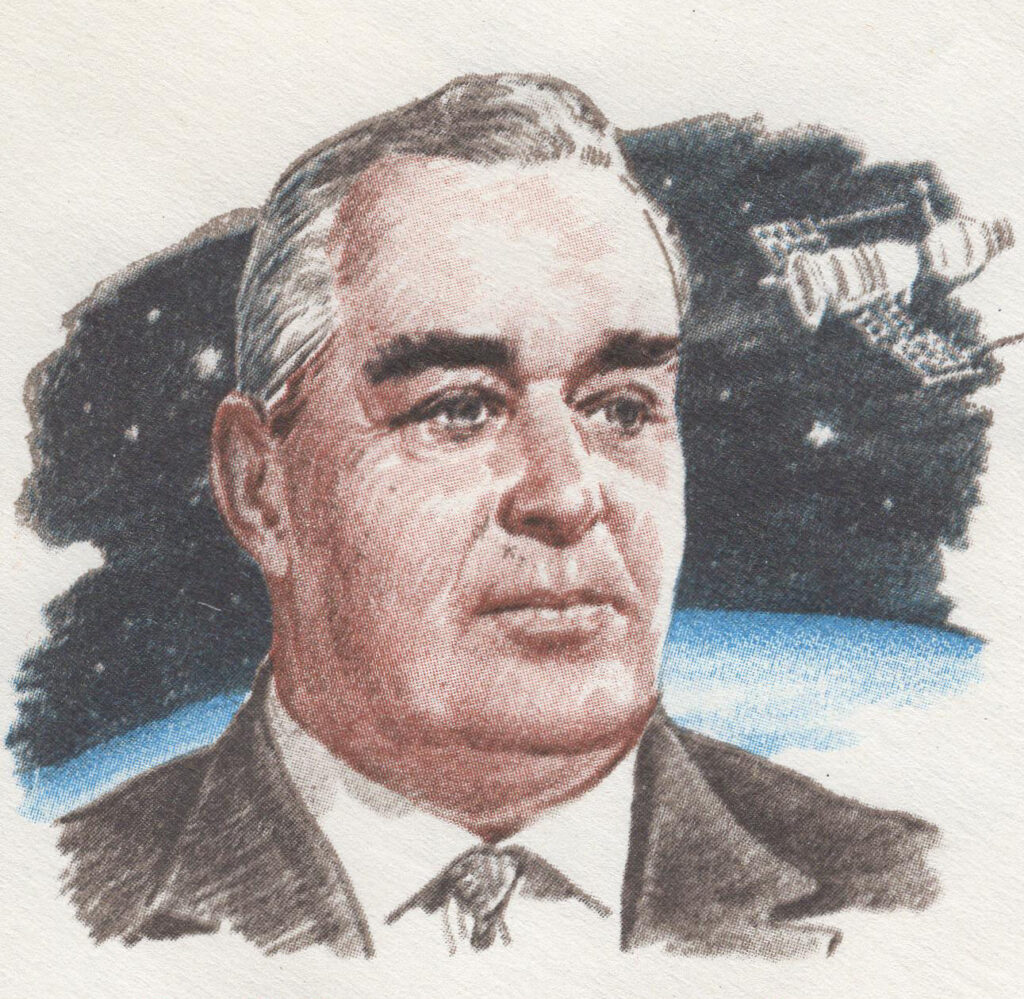Alexei Isayev specialized in small-scale, liquid-fuelled rocket engines for Soviet manned and unmanned spacecraft and created the first non-modular liquid-fuel rocket engine. From 1957 to 1967 his engines powered the rockets carrying the first artificial satellites, the first man in space, and the first unmanned probes to the Moon and Venus.
Alexei Mikhailovich Isayev was born in St. Petersburg, Russia on October 24, 1908, the son of an assistant university professor. In 1925, he enrolled in the Moscow Mining Institute, and in 1932 began work as an engineer at the Zaporozhtal Ferrous Metals Factory in Nizhniy Tagil. After developing an interest in aircraft and aviation, Isayev took the post of Director of Aviation Factory 22 in August 1934. Two months later he transferred to the Bolkhovitnov Design Bureau outside of Moscow. His first project was designing landing gear for a long-range bomber.
Hitler invaded the Soviet Union on June 22, 1941, and by October, his forces threatened Moscow itself. Isayev’s design bureau was moved hundreds of miles east to the Ural Mountains for safety. In early 1942 Isayev was promoted to direct the design and development of liquid propellant rocket engines for the BI-1, Russia’s first liquid-fuel jet fighter aircraft. A BI-2 (a second prototype) made a successful three-minute flight on May 15, 1942, reaching speeds of 250 mph and an altitude of 2700 feet. On March 27, 1943, a BI-2 reached 615 mph, an unofficial world speed record at the time. Unfortunately it then crashed, killing all of the crew and the BI program was cancelled.
Despite this setback, by 1944, Isayev was given his own design bureau, where he developed propellant engines for upper stage rocket propulsion. After Nazi Germany surrendered in May 1945, he was sent there to study their rocket technology, especially the V-2 missile. In 1947, Isayev became director of design section OKB-2 of the NII-1 Scientific Research Institute 1 in Moscow, working on rocket technology for the Ministry of Aviation. By the end of the 1940’s, Isayev’s section had developed engines for surface-to-air missiles and air-to-sea missiles.
The 1950’s and 1960’s were Alexei Isayev’s most productive period. In 1952, he began his professional partnership with Soviet Chief Designer Sergei Korolev. Soon Isayev designed an engine for Korolev’s newest missile, the R-11, better known as the Scud and still in use today. By 1954, Isayev had designed engines for Surface to Air Missiles and the Burya booster rocket.
In the late 1950’s Isayev’s team began to produce ever larger and more sophisticated rocket engines for the Soviet’s space program. Their first effort was the retrofire TDU engine, which, in 1961, powered the world’s first manned spacecraft, the Vostok. The TDU was used on 104 space missions by 1965, sending all of the first cosmonauts into space as well as launching scores of Zenit spy satellites.
In 1966, Isayev’s team produced the KTDU-35 engine for maneuvering craft in outer space. Modified KTDU engines were used in unmanned Luna probes to the Moon from 1966 to 1976. Larger KTDU type engines powered manned Soyuz and Salyut spacecraft, as well as in the Mir space station, from 1971 to 1999. The KTDU-80 engine is used to this day in the Soyuz TM and Progress spacecraft, a remarkable testament to Isayev’s innovative original design.
Alexei Mikhailovich Isayev died on June 10, 1971. Together with Korolev he was probably the individual most responsible for the success of the early Soviet space program, and their deaths (Korolev had also died in 1966) brought an end its early triumphs. Isayev Crater on the far side of the Moon is named in his honor.

